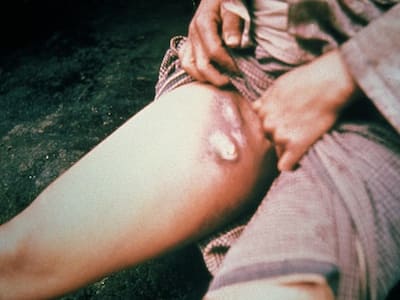Introduction to Bubonic Plague
Bubonic plague, an infection caused by the bacterium Yersinia pestis, can enter the human body through flea bites. Once inside, the bacteria migrate to the nearest lymph node, where they multiply, causing the node to become swollen, firm, and sore—this is commonly known as a bubo. Recent cases in the United States, including a fatality in New Mexico, have reignited concerns about this historical disease.
Recent Outbreaks and Concerns
The recent death in New Mexico marks the state’s first bubonic plague fatality since 2020, sparking discussions on the potential comeback of this ancient affliction. The Centers for Disease Control and Prevention (CDC) highlights that both humans and animals are susceptible to the plague, which they contract primarily through flea bites or by handling infected animals. Vigilance and early detection are critical to prevent the spread and severe outcomes of this disease.
Understanding Plague Types and Symptoms
The plague manifests in mainly two forms: bubonic and pneumonic. Bubonic plague, characterized by swollen lymph nodes or buboes, is the more common variant and has a significant fatality rate if untreated. Symptoms typically develop abruptly, ranging from fever and chills to severe headaches and nausea. Recognizing these symptoms promptly can be crucial for timely treatment and recovery.
